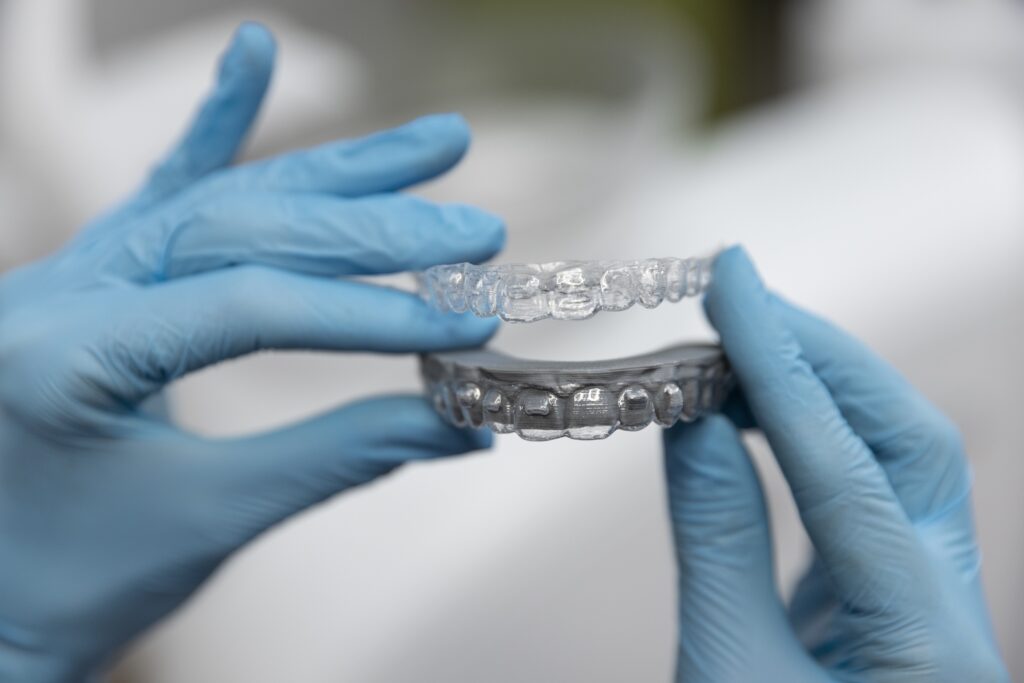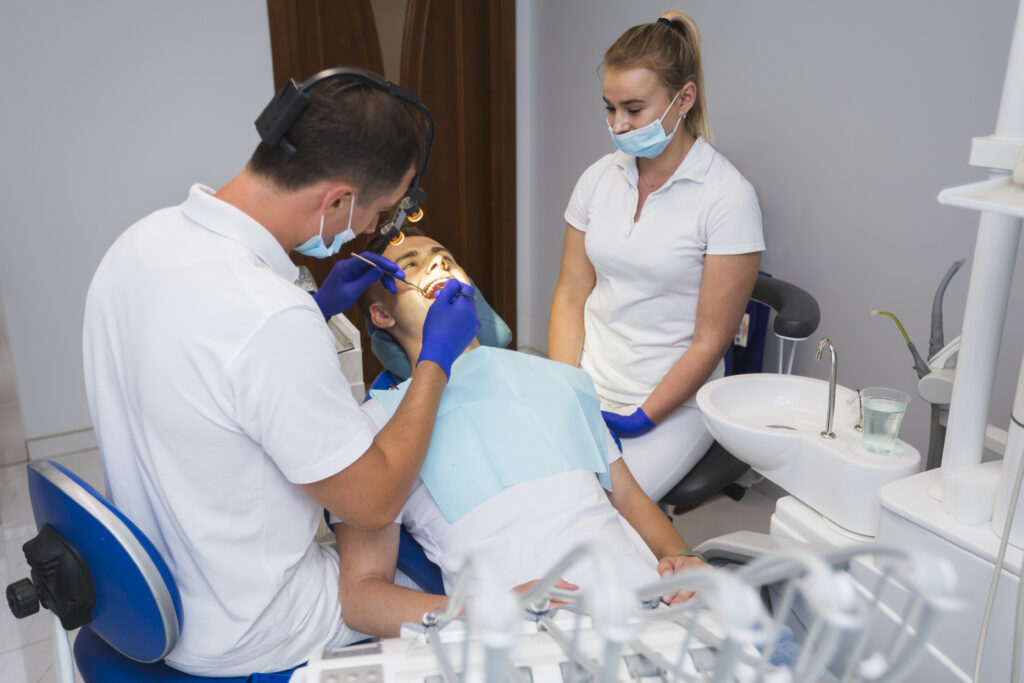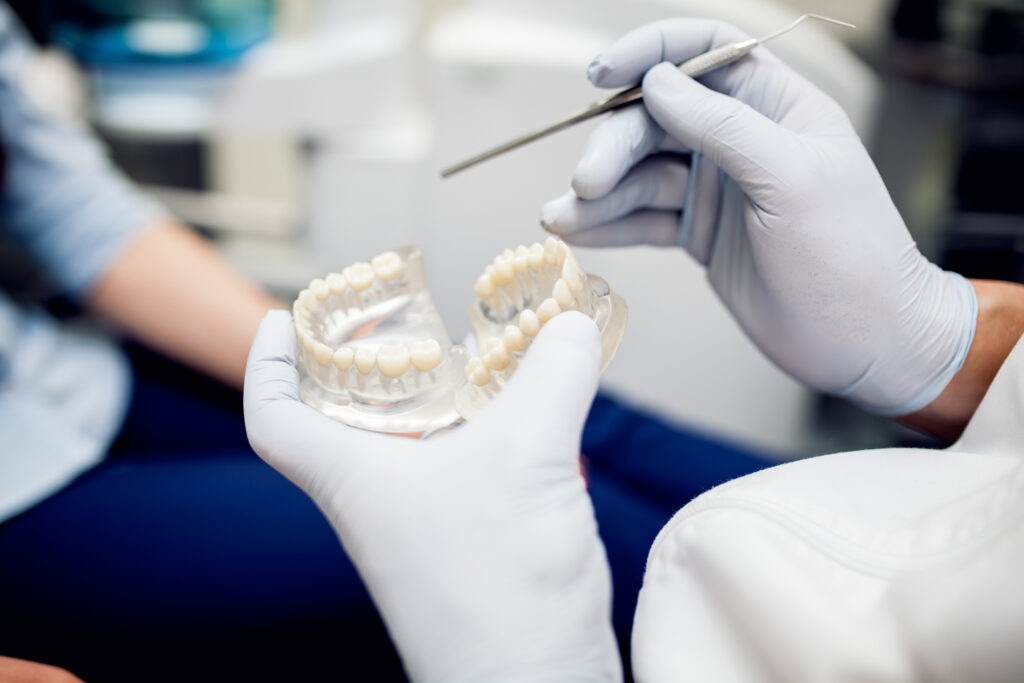The Future of Mouth Guards: 3D-Printed, Personalized, and High-Performance
Protecting your teeth has always been important, but the way we do it is changing. Mouth guards are no longer just bulky pieces of plastic you buy at a goods store. Thanks to new tools like 3D scanning and 3D printing, they can now be made to fit your mouth exactly, giving you better comfort and better protection. Whether you’re an athlete, someone who grinds their teeth at night, or a patient dealing with mouth breathing while sleeping, this new approach makes a big difference. Families in Oxnard are already seeing the benefits. We now use advanced tools to make mouth guards that fit better. It’s a change that helps both teens and adults protect their teeth without the hassle. Why Mouth Guards Really Matter It’s easy to think of a mouth guard as optional, but the truth is they prevent a lot of long-term problems. An athlete without a guard risks breaking or chipping teeth in a single play. A person who clenches or grinds at night can wear down enamel so badly that even simple chewing becomes painful. People who sleep with their mouths open often struggle with dry gums and teeth, which can lead to decay. In all of these cases, mouth guards act like a safety net. They absorb pressure, shield teeth, and protect smiles. But the key is the fit. A poorly fitted guard can slip, rub uncomfortably, or even change how the jaw rests. That’s why having one designed for your own mouth, not a “one-size-fits-all” tray, is so important. The End of Messy Impressions Anyone who has had a traditional guard made before probably remembers the goo-filled trays you had to bite into. They were messy, uncomfortable, and often made people gag. Even then, the final product didn’t always fit right. With digital scanning, that step is gone. A small handheld scanner creates a 3D model of your teeth in just minutes. No gagging, no mess, just a clear and accurate picture. For patients, the difference is huge. For dentists, it means we can start designing the guard right away without worrying about mistakes in the mold. Printing a Guard That’s Truly Yours After scanning, the design is turned into a guard using 3D printing. Instead of waiting weeks for an outside lab, many custom mouth guards can now be ready much sooner. For patients in Oxnard, that means less waiting and more protection. What’s exciting about 3D printing is how precise it can be. Every edge of the guard matches your bite. That makes it more secure, so you don’t have to worry about slipping while talking or breathing. And because materials have improved, the guard is strong enough to handle pressure but light enough to be worn for long periods without irritation. Different Guards for Different Needs Not everyone needs the same kind of mouth guard, and that’s where customization really shows its value. At Puri Dentistry, we see three main groups of patients who benefit the most: Comfort Makes All the Difference One of the biggest reasons people stop wearing their guard is discomfort. Store-bought guards tend to be bulky, making it hard to talk, swallow, or even breathe comfortably. Kids especially dislike them. Custom-made 3D guards change that. They’re thinner, smoother, and sit naturally on the teeth. Because they feel more natural, people actually use them, which is the only way they can do their job. Why Oxnard Patients Choose Puri Dentistry For us, this is about more than just technology. It’s about making protection easier for patients. By offering digital scanning and 3D printing, we’ve cut down on wait times, reduced the need for repeat visits, and created guards that truly match each patient. It’s that combination of modern tools and hands-on attention that keeps families coming back to us when they need custom mouth guards. Final Word Strong teeth need good protection. With 3D scanning and 3D printing, patients in Oxnard can now get custom mouth guards that fit well, feel comfortable, and meet their needs. At Puri Dentistry, we are happy to provide these modern options for families, athletes, and anyone who wants to protect their smile. A healthy smile matters for more than just appearance. It is important to keep your teeth strong for important moments in life.
The Future of Mouth Guards: 3D-Printed, Personalized, and High-Performance Read More »




